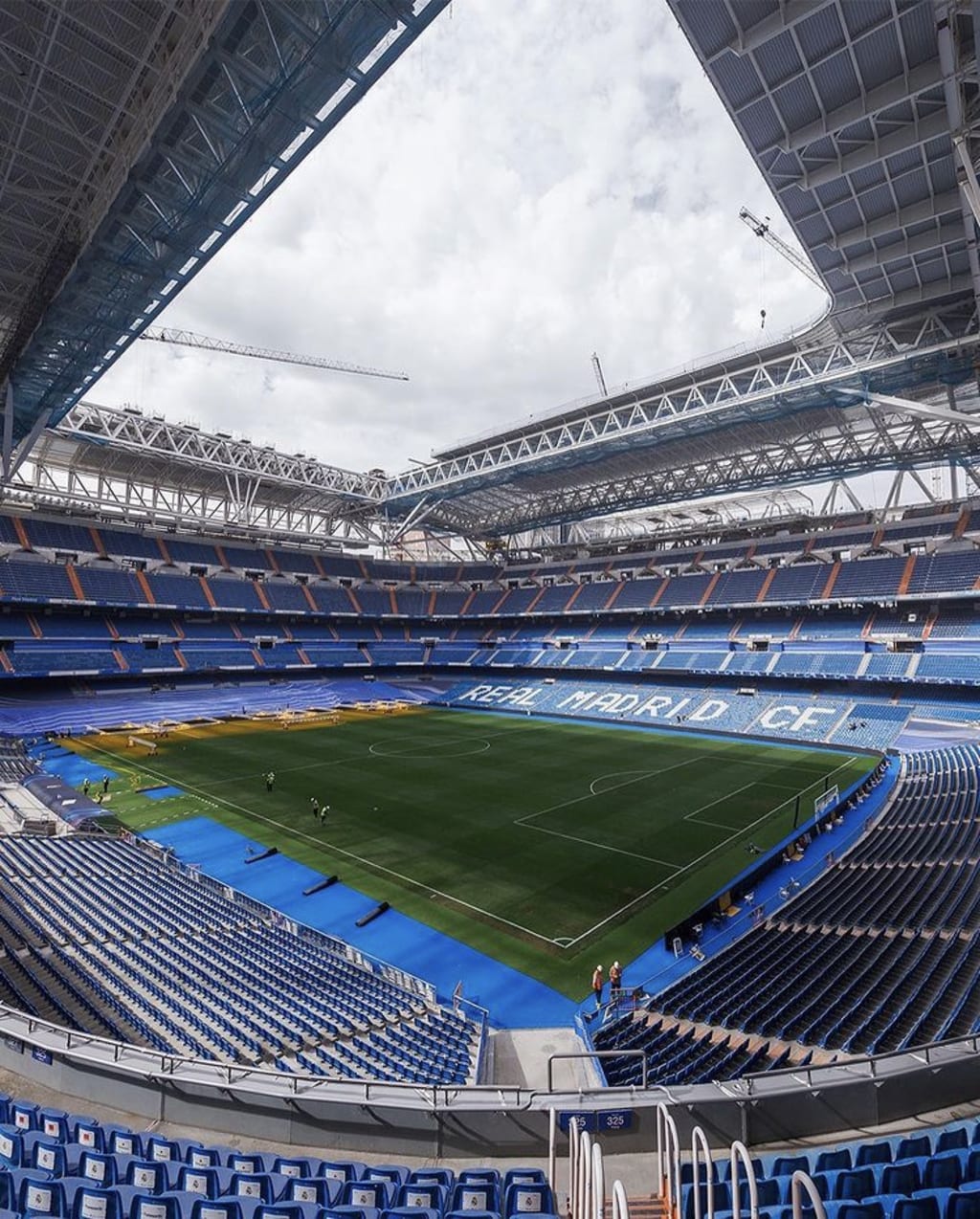
Hello, so today we are going to talk about football.
Football, also called association football or soccer, game in which two teams of 11 players, using any part of their bodies except their hands and arms, try to maneuver the ball into the opposing team’s goal. Only the goalkeeper is permitted to handle the ball and may do so only within the penalty area surrounding the goal. The team that scores more goals wins.
Football is the world’s most popular ball game in numbers of participants and spectators. Simple in its principal rules and essential equipment, the sport can be played almost anywhere, from official football playing fields (pitches) to gymnasiums, streets, school playgrounds, parks, or beaches. Football’s governing body, the Fédération Internationale de Football Association (FIFA), estimated that at the turn of the 21st century there were approximately 250 million football players and over 1.3 billion people “interested” in football; in 2010 a combined television audience of more than 26 billion watched football’s premier tournament, the quadrennial month-long World Cup finals.
The early years:
Modern football originated in Britain in the 19th century. Since before medieval times, “folk football” games had been played in towns and villages according to local customs and with a minimum of rules. Industrialization and urbanization, which reduced the amount of leisure time and space available to the working class, combined with a history of legal prohibitions against particularly violent and destructive forms of folk football to undermine the game’s status from the early 19th century onward. However, football was taken up as a winter game between residence houses at public (independent) schools such as Winchester, Charterhouse, and Eton. Each school had its own rules; some allowed limited handling of the ball and others did not. The variance in rules made it difficult for public schoolboys entering university to continue playing except with former schoolmates. As early as 1843 an attempt to standardize and codify the rules of play was made at the University of Cambridge, whose students joined most public schools in 1848 in adopting these “Cambridge rules,” which were further spread by Cambridge graduates who formed football clubs. In 1863 a series of meetings involving clubs from metropolitan London and surrounding counties produced the printed rules of football, which prohibited the carrying of the ball. Thus, the “handling” game of rugby remained outside the newly formed Football Association (FA). Indeed, by 1870 all handling of the ball except by the goalkeeper was prohibited by the FA.
The new rules were not universally accepted in Britain, however; many clubs retained their own rules, especially in and around Sheffield. Although this northern English city was the home of the first provincial club to join the FA, in 1867 it also gave birth to the Sheffield Football Association, the forerunner of later county associations. Sheffield and London clubs played two matches against each other in 1866, and a year later a match pitting a club from Middlesex against one from Kent and Surrey was played under the revised rules. In 1871 15 FA clubs accepted an invitation to enter a cup competition and to contribute to the purchase of a trophy. By 1877 the associations of Great Britain had agreed upon a uniform code, 43 clubs were in competition, and the London clubs’ initial dominance had diminished.
Professionalism:
The development of modern football was closely tied to processes of industrialization and urbanization in Victorian Britain. Most of the new working-class inhabitants of Britain’s industrial towns and cities gradually lost their old bucolic pastimes, such as badger-baiting, and sought fresh forms of collective leisure. From the 1850s onward, industrial workers were increasingly likely to have Saturday afternoons off work, and so many turned to the new game of football to watch or to play. Key urban institutions such as churches, trade unions, and schools organized working-class boys and men into recreational football teams. Rising adult literacy spurred press coverage of organized sports, while transport systems such as the railways or urban trams enabled players and spectators to travel to football games. Average attendance in England rose from 4,600 in 1888 to 7,900 in 1895, rising to 13,200 in 1905 and reaching 23,100 at the outbreak of World War I. Football’s popularity eroded public interest in other sports, notably cricket.
Leading clubs, notably those in Lancashire, started charging admission to spectators as early as the 1870s and so, despite the FA’s amateurism rule, were in a position to pay illicit wages to attract highly skilled working-class players, many of them hailing from Scotland. Working-class players and northern English clubs sought a professional system that would provide, in part, some financial reward to cover their “broken time” (time lost from their other work) and the risk of injury. The FA remained staunchly elitist in sustaining a policy of amateurism that protected upper and upper-middle class influence over the game.
The issue of professionalism reached a crisis in England in 1884, when the FA expelled two clubs for using professional players. However, the payment of players had become so commonplace by then that the FA had little option but to sanction the practice a year later, despite initial attempts to restrict professionalism to reimbursements for broken time. The consequence was that northern clubs, with their large supporter bases and capacity to attract better players, came to prominence. As the influence of working-class players rose in football, the upper classes took refuge in other sports, notably cricket and rugby union. Professionalism also sparked further modernization of the game through the establishment of the Football League, which allowed the leading dozen teams from the North and Midlands to compete systematically against each other from 1888 onward. A lower, second division was introduced in 1893, and the total number of teams increased to 28. The Irish and Scots formed leagues in 1890. The Southern League began in 1894 but was absorbed by the Football League in 1920. Yet football did not become a major profit-making business during this period. Professional clubs became limited liability companies primarily to secure land for gradual development of stadium facilities. Most clubs in England were owned and controlled by businessmen but shareholders received very low, if any, dividends; their main reward was an enhanced public status through running the local club.
Later national leagues overseas followed the British model, which included league championships, at least one annual cup competition, and a hierarchy of leagues that sent clubs finishing highest in the tables (standings) up to the next higher division (promotion) and clubs at the bottom down to the next lower division (relegation). A league was formed in the Netherlands in 1889, but professionalism arrived only in 1954. Germany completed its first national championship season in 1903, but the Bundesliga, a comprehensive and fully professional national league, did not evolve until 60 years later. In France, where the game was introduced in the 1870s, a professional league did not begin until 1932, shortly after professionalism had been adopted in the South American countries of Argentina and Brazil.
In my opinion football is one of the greatest sport I’ve ever played.
About the Creator
Nehal Abbas
Hi everyone !
Nehal here I’m a 18 year old chap.
Writing articles to bring smile on your face.
Enjoyed the story? Support the Creator.
Subscribe for free to receive all their stories in your feed. You could also pledge your support or give them a one-off tip, letting them know you appreciate their work.






Comments
There are no comments for this story
Be the first to respond and start the conversation.